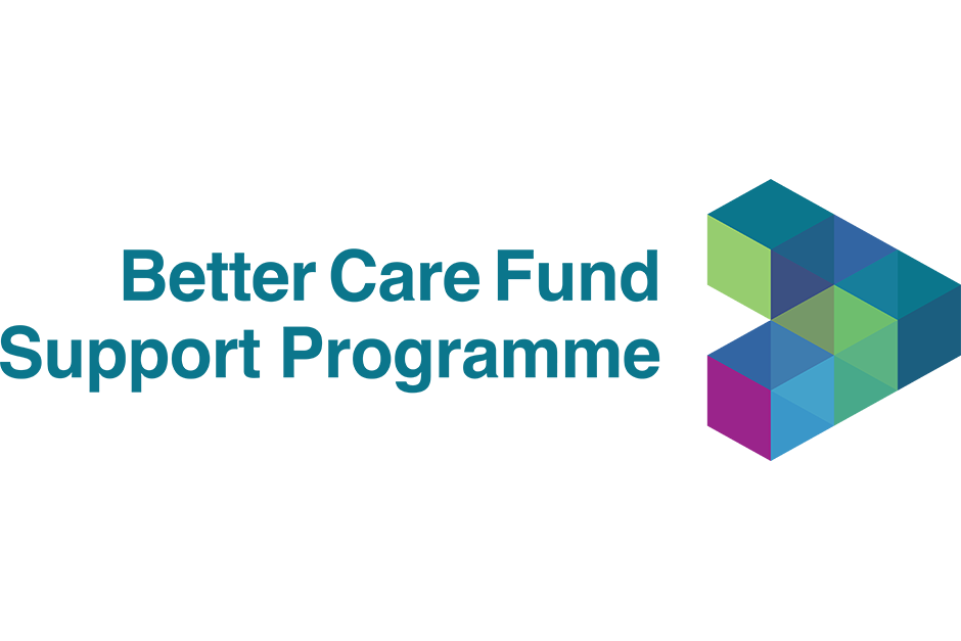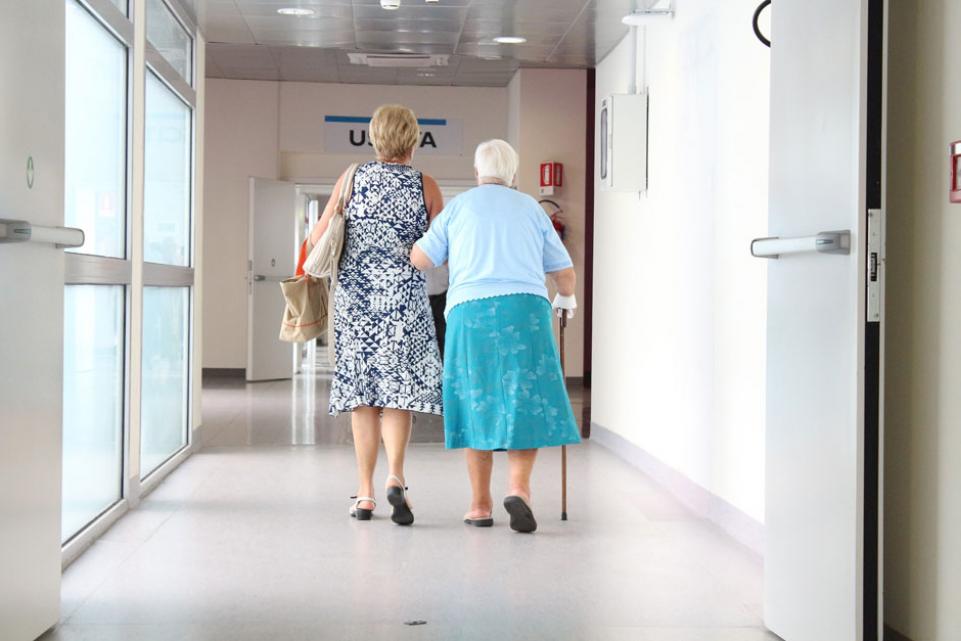The high impact change model offers a practical approach to managing patient flow and hospital discharge. The model identifies eight system changes which will have the greatest impact on reducing delayed discharge.
The high impact change model is not designed to be a performance management tool. Instead it takes as its starting point a recognition that even the best-performing systems will be experiencing challenges in relation to hospital discharge.
The model is underpinned by a sector-led improvement approach which emphasises the importance of triangulating both hard and soft types of data to tease out local stories within a culture of openness and trust. The model supports genuine, honest reflection and discussion between trusted colleagues within local health and care systems.
Some things that people have told us – about what works and how to overcome the challenges
- cross system leadership that champions the necessary culture change, supports risk-taking and empowers staff to make changes happen
- involving partners as equals from the outset so that changes are co-produced, with shared funding and shared risks
- developing a shared narrative or vision across the system that is person-centred, not process-centred
- establishing a no-blame culture and encouraging a learning and enabling environment that fosters innovation.
National guidance and tools
- LGA, Hospital to home transfers: resources and emerging good practice
- NHS England, quick guides on emergency care
- National Institute for Health and Care Excellence (NICE) guidance on transition between inpatient hospital settings and community or care home settings for adults with social care needs
Examples of how local areas are working to implement overall system change
Featured pages

Better Care Fund Support Programme 2023-25
Commissioned by the Department of Health and Social Care (DHSC) and free to local systems, we provide a range of support approaches to local health and social care systems to improve how they commission and deliver health and care services which is integrated, effective and sustainable.

High impact change model examples of emerging and developing practice
The model identifies eight system changes that will have the greatest impact on reducing delayed discharge.

